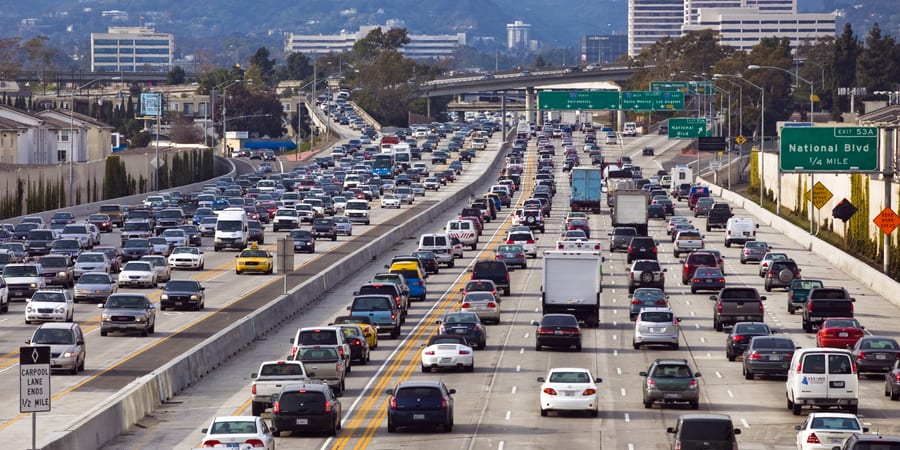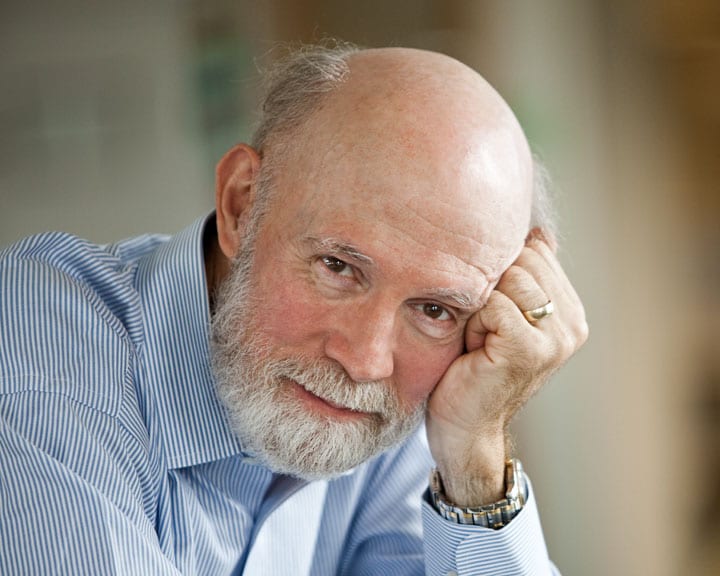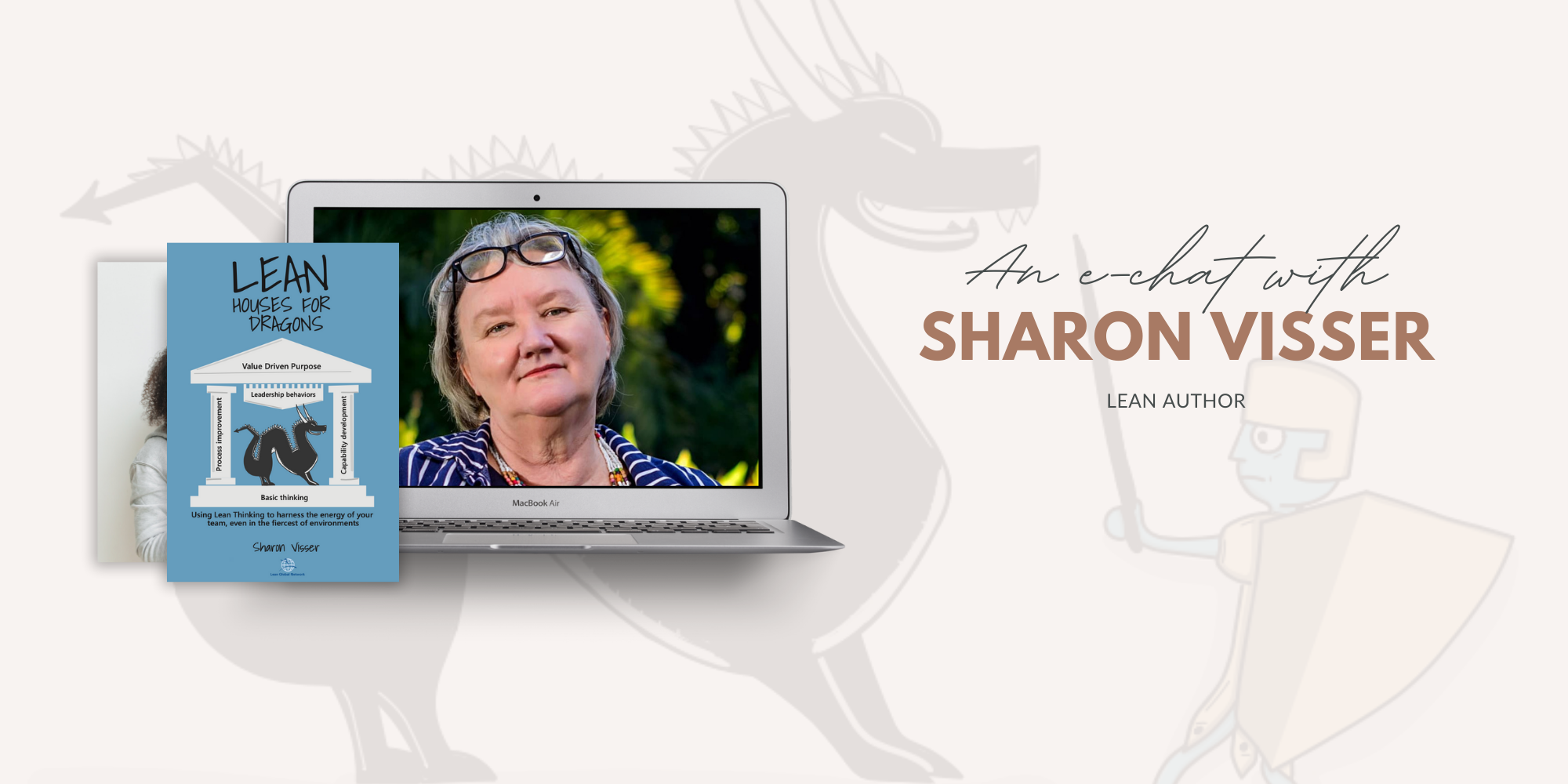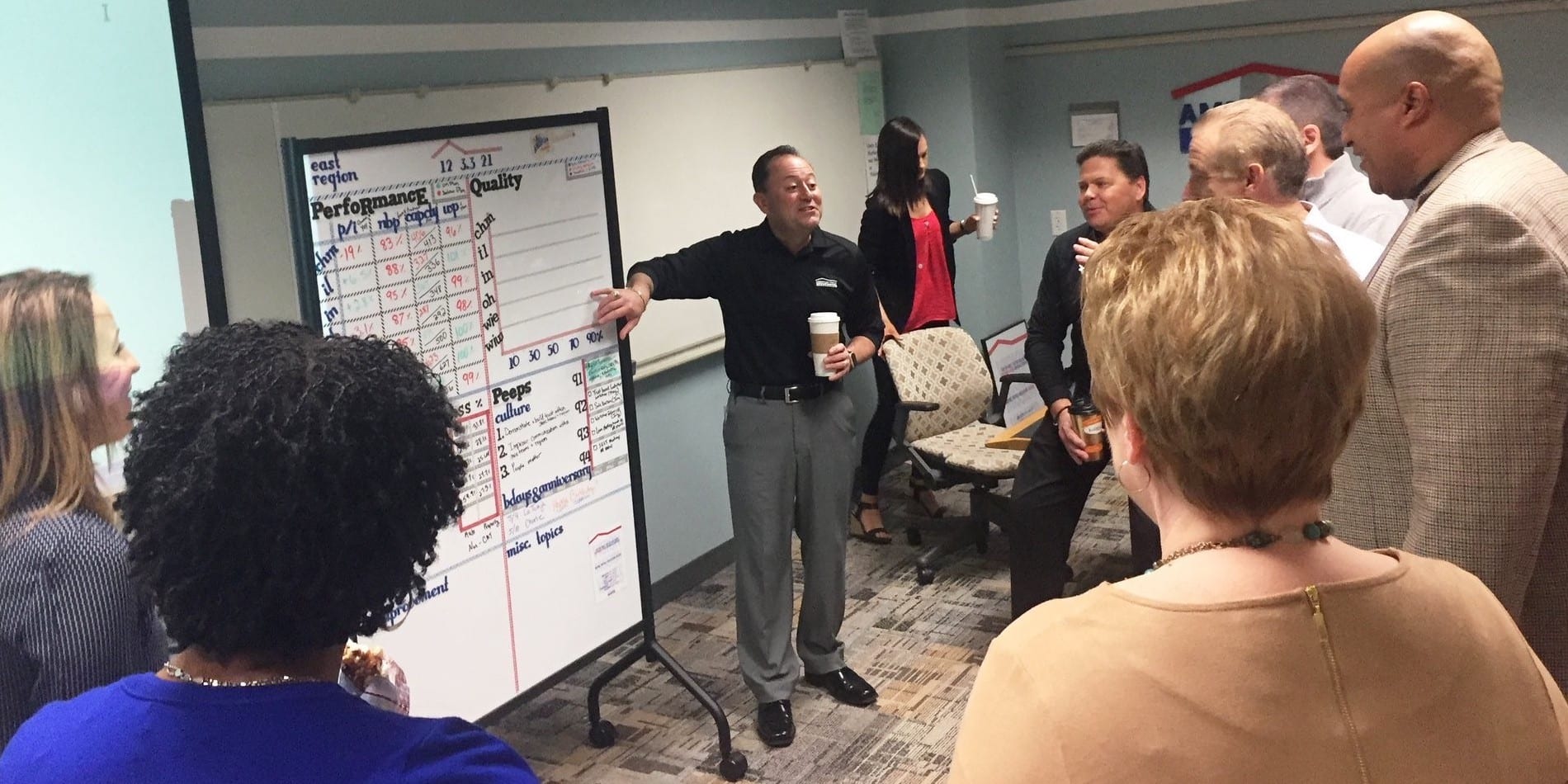
Womack: lean transformed automotive once and can do it again
WOMACK’S YOKOTEN – In this month’s column, Jim shares an insightful analysis of the trends and dynamics of today’s automotive industry and looks at the opportunity that lean has to facilitate its next transformation.
Words: Jim Womack, Founder and Senior Advisor, Lean Enterprise Institute
When Dan Jones and I finished our work on The Machine That Changed the World in 1990 we concluded that the global motor vehicle industry would be engaged for years or decades in leveling up performance to the Toyota standard, with periodic crises along the way as one or more mass producers went over the cliff. (The first crisis arrived very soon, in the recession of 1991, when GM nearly went bankrupt.)
However, the concept of automobility – the widespread use of personal vehicles to explore and conquer space – and its business model – car companies and their suppliers selling vehicles and service parts to customers through dealers – seemed secure. Meanwhile, vehicle technologies were advancing very slowly. How many cup holders and where and how many SUVs/crossovers and when seemed to be the focus of product development organizations across the world.
Watching a gradual convergence toward lean practice in a slow-moving but stable industry didn’t sound like much fun. So we headed off on a crusade – me in the States, Dan in Europe – to spread lean thinking to any other industry showing an interest. (I mentioned my adventures in aerospace last month.)
I was quite happy to be post-automotive for 19 years until the global auto industry went through the wringer of the Great Recession in 2009. This event largely completed the leveling-up process from mass to lean production as the also-rans wrote down unpayable debts and adjusted employee compensation in high-wage countries. In most cases these firms had dramatically improved their production and product development processes since 1990 so the financial reset produced a new equilibrium among car companies. This result was satisfying to the extent that Machine had spurred companies to improve their value-creating processes, but it provided nothing new to think about from a lean perspective.
However, in developing a graduate seminar at MIT in the spring of 2009 to analyze the crisis that reset the automotive industry, I realized that the interesting new issue emerging was rethinking personal mobility rather than analyzing the performance of traditional car companies. My new question was how organizations of many types could collaborate to provide desired mobility in new ways with the least waste. (Remember that for me “lean” innovations are those that create the most value using the least resources.)
My change of focus was not based on blue-sky theorizing. A number of forces besides the Great Recession were converging simultaneously at the beginning of this decade to create what may prove to be Mobility 2.0:
- Autonomy
- Alternative energy
- Asset sharing instead of vehicle ownership, with means ranging from Uber (someone drives you) to Zipcar (you drive yourself), both in someone else’s vehicle.
- Hyper-connectivity to link every vehicle continuously with the web and, eventually, directly with nearby vehicles. These concepts were being pursued by every car and IT company and were essential to autonomy because “autonomous” vehicles need knowledge beyond the range of their sensors to be safe and effective – e.g., congestion ahead, the location of the next user, the intentions of the Google car or the old-fashioned driver at the next intersection.
- New entrants to the auto industry, many with leaders from information technology. The most salient was Tesla, of course, (Elon Musk made his original fortune with PayPal) but there were many others in prospect in luxury/performance segments, all wanting nothing to do with traditional dealing and customer support arrangements. So ancient retail and service practices were in flux as well. And there were many more new participants in mobility broadly considered – Google, Apple, who knows – for information technology, fueling networks, finance, insurance, etc. [To learn more about how the "Tesla Way" compared to the Toyota Way, don't miss this conversation between a Musk fan, Mark Donovan, and a bit more skeptical Womack]
Autonomy, alternative energy, asset sharing, hyper-connectivity, and new entrants with dramatically different business models, all at once. Mobility 2.0. Wow. Take that, Henry Ford and Alfred Sloan… and Kiichiro Toyoda too!
With so much going on, this certainly seemed like a perfect time for a rethink of mobility, an activity that has occupied a good portion of my time since 2010. But what does Mobility 2.0 look like when observed with a lean lens?
First, Mobility 2.0 innovators are all creating start-ups and the lessons of the lean startup movement are very important: Devise a minimum viable product (MVP) to test customer reaction and demand and then iterate with quick, low-cost experiments before spending large sums on optimized products that no one wants. (Which leads to the wastes of scrap and rework.)
Second, all innovations require the creation of new value streams and it is highly beneficial to design these carefully from the outset rather than to redesign them later (causing more rework and scrap) after less value is created than should have been possible and at much higher cost. (Entrepreneurs all feel the desperate need to go fast through product and process development – urged on by naïve investors thinking that high-speed heroics can substitute for sober analysis – with the result that large amounts of waste are baked into new value streams, threatening the success of the basic concept.)
Third, innovations can create massive amounts of scrap in existing activities outside of the new value streams: underutilized transit systems when asset sharing diverts travelers from buses and subways; empty car dealerships when travelers no longer need to own vehicles; abandoned fossil fuel investments when renewables are widely adopted; unemployed commercial drivers as autonomy becomes mainstream. (Remember that Ohno was looking for waste within processes but the nature of these innovations requires an external perspective as well.)
These wastes may be unavoidable in transitioning to Mobility 2.0 but the costs of stranded assets (waste has many names) are real and are the root cause of political resistance. To make progress, it may be necessary to internalize these “wastes” in entrepreneurial and political calculations to compensate losers, but sound process analysis is needed to avoid chaos or grid-lock.
As I look at the situation I’m a long-term optimist. I think Mobility 2.0 will happen. We eventually will move about in autonomous vehicles that respect the needs of the planet, that are routinely shared, that are always hyper-connected, and that are provided by new types of organizations with different and better ways of supporting customers. But I’m also a short-term pessimist: The Mobility 2.0 scene right now feels like the dot-com bubble of 1999, with staggering amounts of venture money pouring in and crazy valuations for firms going public.
What seems easy to many – complete autonomy very soon, alternative energy vehicles with renewable fuel that rapidly become competitive without subsidies through the magic of scale economies, asset sharing to the extent that auto sales will soon fall permanently by 40% (as Barclays Wall Street analyst Brian Johnson has famously predicted) – seems hard to me and far away for a simple reason beyond the technological maturity of individual innovations: Complex new value streams must be created for every innovation, and they involve several firms, some old and some new. And many of these firms (e.g., Google, Apple, Uber, Microsoft, Amazon) are from the IT/software industry where winner-take-all thinking based on network economies is the norm. In addition, these value streams must be created at a time when many assets are threatened and political pushback is likely to be intense.
Perhaps this is where lean thinking can play an additional role by helping the players in complex processes see the big picture – the extended value stream – and connect the dot-coms so that value streams are capable, stable, enduring, and less costly from the outset. (This should also help free up resources to address the the waste of stranded assets.) I hope members of the Lean Community will be involved in thinking about how to do this. Mobility 2.0 is one of the great long-term growth opportunities for the world, even if it takes decades to achieve its full potential. Our perspective can help make it possible.
THE AUTHOR

Management expert James P. Womack, is the founder and senior advisor to the Lean Enterprise Institute. The intellectual basis for the Cambridge, MA-based Institute is described in a series of books and articles co-authored by Jim himself and Daniel Jones over the past 25 years. During the period 1975-1991, he was a full-time research scientist at MIT directing a series of comparative studies of world manufacturing practices. As research director of MIT’s International Motor Vehicle Program, Jim led the research team that coined the term “lean production” to describe Toyota’s business system. He served as LEI’s chairman and CEO from 1997 until 2010 when he was succeeded by John Shook.
Read more


INTERVIEW – Our editor chats with Lean Houses for Dragons author Sharon Visser. They discuss her book, what fear can do to a transformation and the power of storytelling.


FEATURE – To speed up the issuance of insurance policies, a SulAmérica department decided to move away from big batches and start working in flow.


INTERVIEW – With a long history of improvement efforts and a commitment to giving divisions the time to really grasp lean thinking, American Family Insurance is laying the foundation for real and lasting change.


OPINION – Tomorrow, January 20, Donald J. Trump will be sworn in as 45th President of the United States. What can his campaign and dumbfounding victory teach us about leadership?

